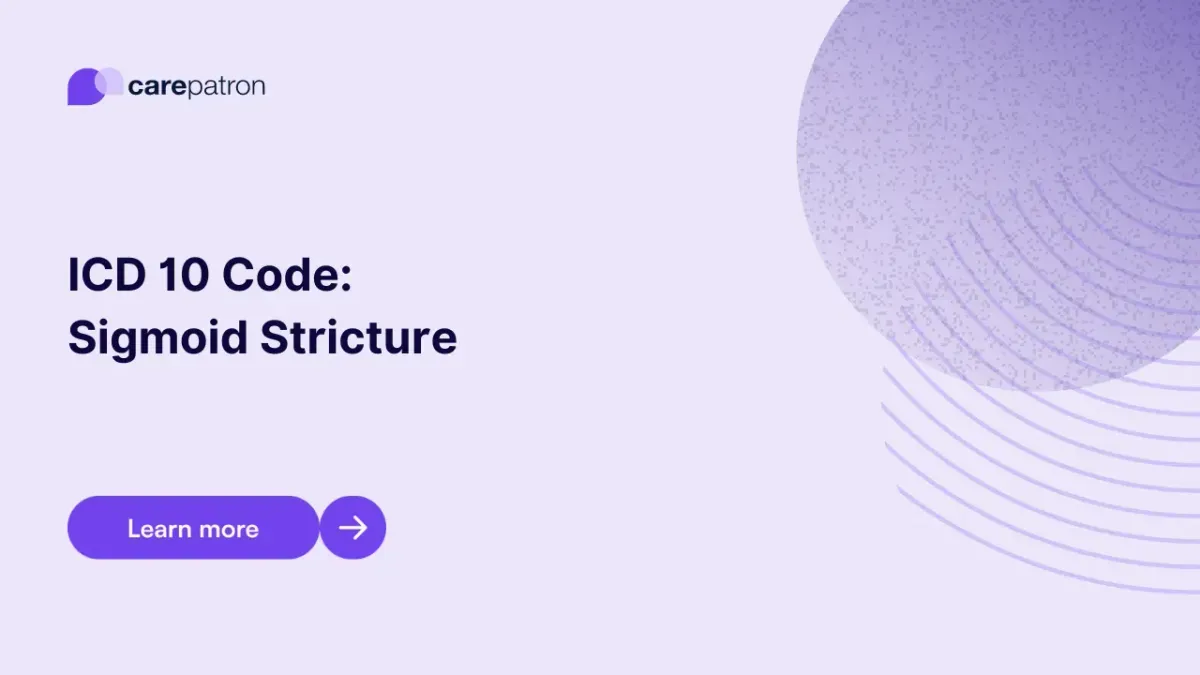
Sigmoid Stricture ICD-10-CM Codes | 2023
Find the latest ICD-10 codes for Sigmoid Stricture to ensure accurate diagnosis and billing. Essential for healthcare professionals in 2023.
Use Code
Commonly asked questions
When a patient is diagnosed with a narrowing or obstruction in the sigmoid colon.
Treatments include endoscopic procedures, surgery, and medication for underlying conditions.
It indicates a medical diagnosis of narrowing or obstruction in the sigmoid portion of the colon.
EHR and practice management software
Get started for free
*No credit card required
Free
$0/usd
Unlimited clients
Telehealth
1GB of storage
Client portal text
Automated billing and online payments
